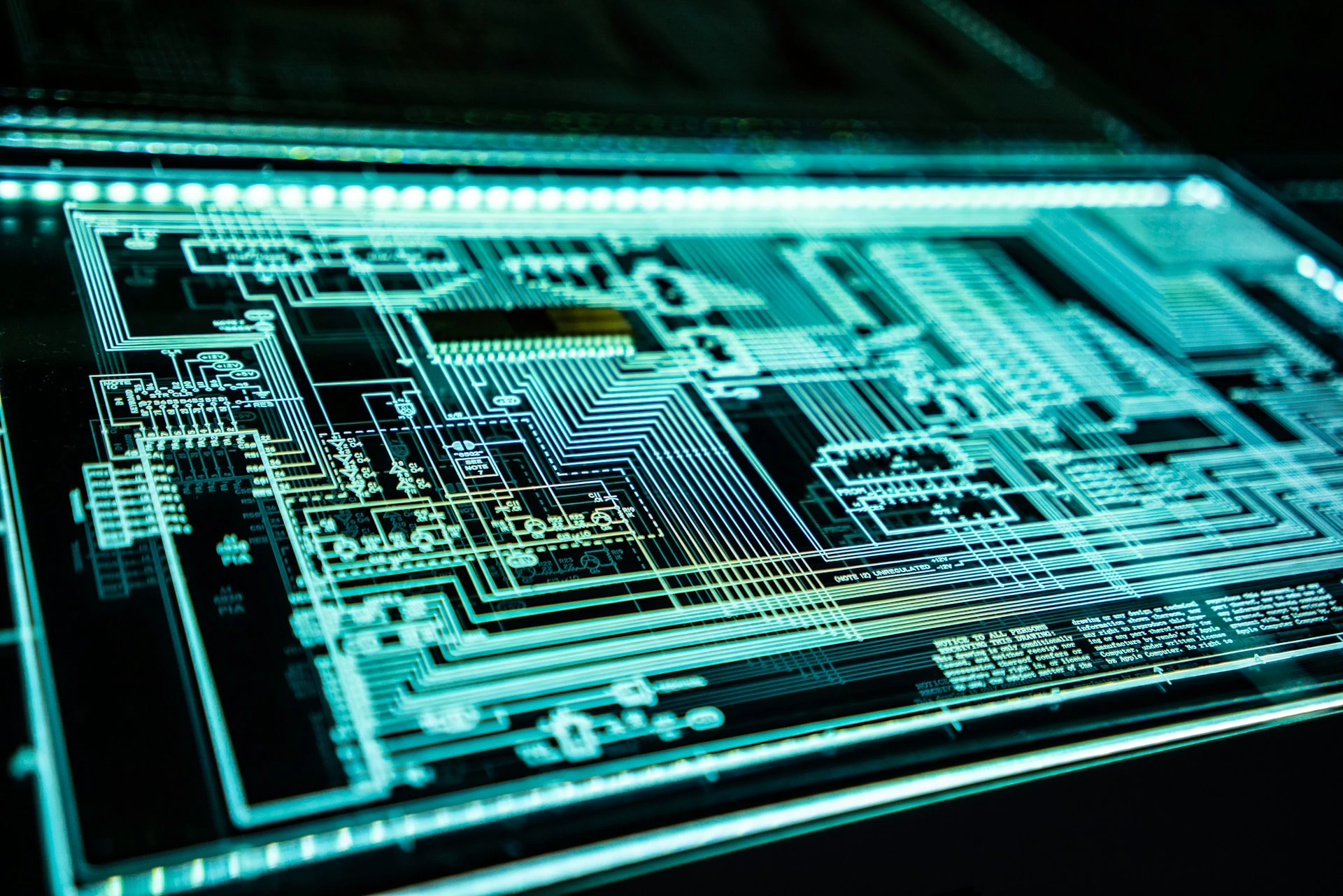Choosing workstations for small business use seems like a simple task. Go to the store, find a good deal, and buy a bunch. Bring them to the office, hand them out to employees, and hope for the best. After all, these are brand new shiny machines that should improve everyone’s productivity and replace an aging fleet of workstations. As a business owner, when you’re also managing IT yourself, that’s about how you’ll do things. Unfortunately, this leads to a slew of problems.
Retail Workstations are Built for Home Use.
Warranty
The machine purchased at Best Buy typically comes with a one year mail in warranty. This is completely irrelevant, until the machine breaks down. Suddenly you have to disrupt someone’s workflow to mail their computer out for two weeks. What will happen to the data on it? Will it be secure? Will it get lost? Who knows. When it’s time to renew the warranty, you may not be able to. Many home machines can only have a maximum of a three year warranty and it can be difficult or expensive to extend it beyond the first year.
Build quality
The average computer found at the store seems like a great deal for the specs. That’s because it’s built for home use. You may think this doesn’t matter, because why should the location matter? Home use means the computer is built to be used sparingly. A few hours a day. You’re at work most of the day, then come home and maybe use your computer to send a few emails. If you take this computer and use it for 8 hours every day, it will fall apart within a few years.
Performance
Stores have flashy signs to attract home users and gamers to equipment meant for these tasks. You’ll rarely find the best equipment at your local Best Buy. You may end up with computers that have a huge hard drive, but the performance on it won’t be great. Apply this to the rest of the hardware and you have a computer that looks great on paper but performs in a mediocre way.
Software
What’s the difference between Windows 10 Home and Pro? Does it matter? For home, absolutely not. For the office, WIndows 10 Pro is essential. The ability to join a domain, encryption, group policy, and other Pro features are necessary as part of a proper deployment. Frequently when taking over new customers who never had internal or outsourced IT, I find many computers have 10 Home on them. It’s costly to upgrade them in terms of licensing and time.
Business Machines are Better
Consistency
What does consistency actually mean when it comes to office machines? It can mean buying the same brand and product line. A great example is the Lenovo Carbon X1 series. This series has been around for nearly a decade. Every year it improves. You want an office filled with the same brand and preferably the same product line. This is good for many reasons. The ability to take an NVME out of a failed machine and drop it into a spare is a huge benefit. Interchangeable accessories. Docking stations that work across generations. Power cables that work across generations.
Lifecycle
You know that with a tried and true product line, a new release is right around the corner. You can time these releases with budgets. Staff can expect new equipment every certain amount of years, and they’ll know what they’re getting. There’s no learning curve with maintaining the same product line. It’s essentially the same machine, but better.
Warranty
Business machines like Dell and Lenovo have on site support. Many other brands don’t offer this. With a decentralized workforce, or even an office based workforce, you absolutely need this. There’s nothing like getting a free visit from Dell or Lenovo, covered under the up to 5 year warranty, to repair a failed machine or part the very next day. Do you want to carry your failed laptop to Best Buy and wait in line for the Geek Squad, or do you want someone to show up and fix it? The choice is clear.
Support
You or your IT provider should not have to struggle to maintain a mix of machines across brands and product lines. Ideally, everything should be on the same product lifecycle, same brand, same or similar product line release, covered by an on site warranty. This makes support efficient. It makes it easy to see the big picture and maintain these systems. If a critical vulnerability is discovered in the firmware of one of them, a plan to update all of them can be established. This is difficult with a mix of many brands in the same office. Nuances are quickly discovered and understood about all the systems. The more variety there is, the more there is to learn and keep track of.
Final Thoughts
It’s too often that I start working with a new business and see that they have a dozen computers, three of them old Macs, two of them HPs with Windows 10 Home bought at stores a few years ago, and a handful of Lenovos with a wide range of specs from low end to high end. The low end machines may be in the hands of power users who do graphic design, and the high end machines may be in the hands of people who mainly send emails. Before your business scales in such a way, consider working with someone who has experience with endpoint deployment and lifecycle management. It’s a guaranteed better experience down the road.




